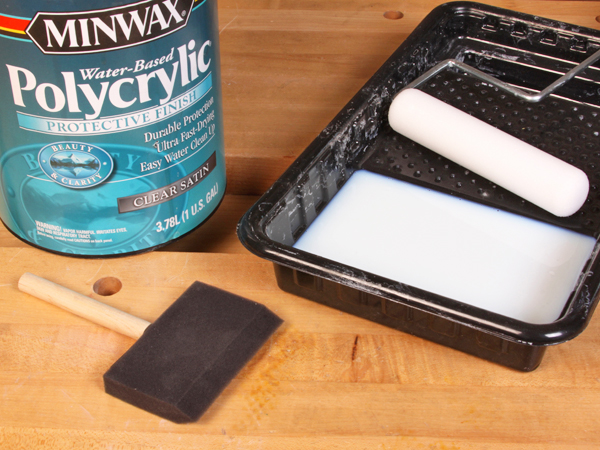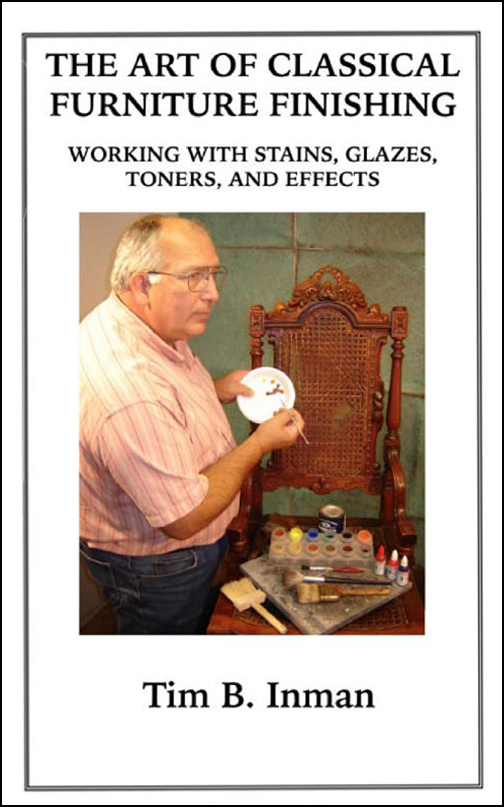
I have just built a sycamore coffee table. I’m now confused on the finish. What would you suggest or do in my shoes please? Can you use pure olive oil as I have seen it done on YouTube? – Danny Barrow
Tim Inman: Sycamore, properly cured and dry, will finish much as any other hardwood. A classical stain/sealer/topcoat approach should be a good way to go. Beyond that, and the sky is the limit. Well, the sky and your skill levels, of course. If you are new to finishing and/or you want to expand your fine furniture finishing horizons, my book, The Art of Classical Furniture Finishing, might be a good addition to your library arsenal. In it, I cover the basic finishing steps plus we work with stains, glazes and special coloring effects. Sorry for the personal plug. The book is written as a “how-to” for skilled furniture craftspeople and artistic folks, and not as a coatings manufacturer’s chemistry primer.

Chris Marshall: One of the many questions we should ask when choosing a finish for a project is, “What will the wear and tear on this item be?” In the case of a coffee table — at least at my house with a teenager — the answer to that question is, spills. Doesn’t seem to matter how many coasters we have available, somehow tabletops still end up enduring knocked-over drinks, sweating cold glasses and heat from coffee and tea mugs. So, my approach is to plan on this sort of damage from the start. I think the best way to protect tabletops is to encase them in a finish that forms a film on the wood. Go with a polyurethane varnish. It’s super tough, fairly heat resistant, easy to apply and usually turns out looking great. Both oil-based and water-based formulas are good choices, but most oil-based polys will cause the wood to take on a slightly amber tone (which I like), and it dries slowly. Water-based poly tends to cure more clearly or sometimes slightly bluish and dries in a fraction of the time. It also has a milder smell — faintly ammonia or soy-like instead of oil mixed with stronger-smelling solvents. Either way, my preference is to use a satin-sheen varnish so the wood looks finished and mildly light reflective but not a glossy mirror. And back to your original suggestion, olive oil offers almost no protection from moisture. It penetrates into the wood rather than forming a shell on top of it. Save oil finishes for woodworking projects that basically don’t get handled much (knickknacks, display shelves, picture frames) or when you plan to refinish them often (cutting boards come to mind).





